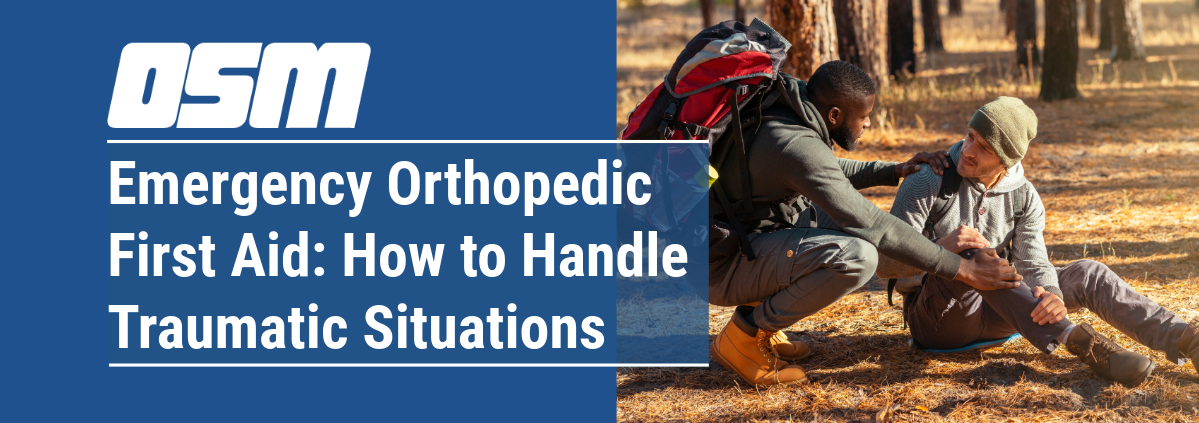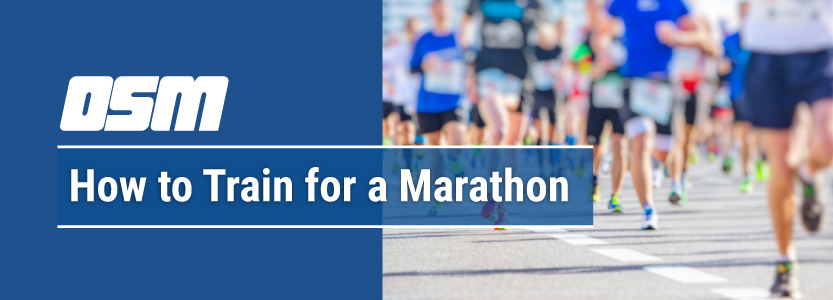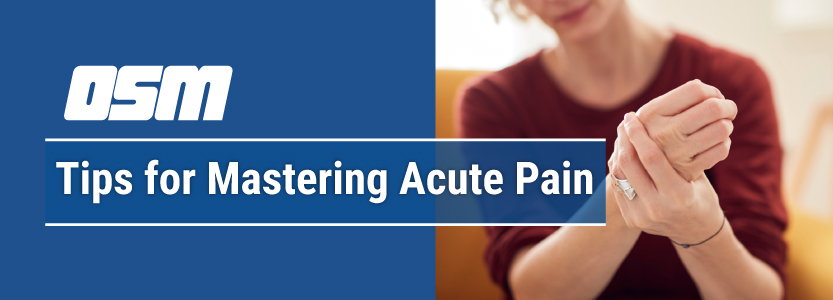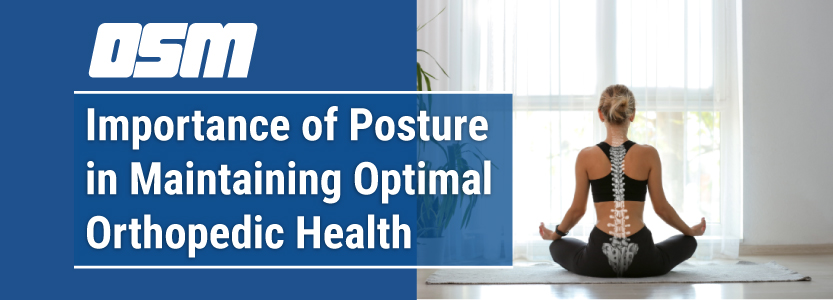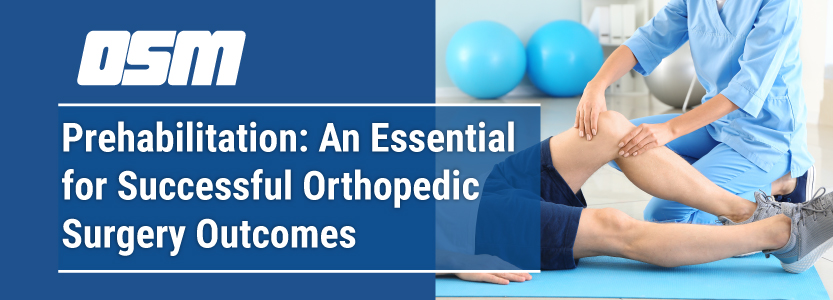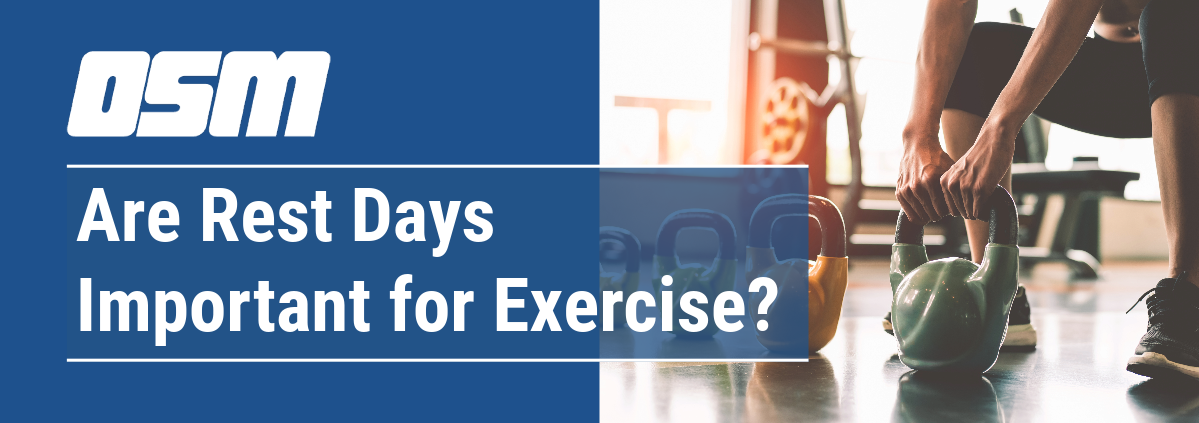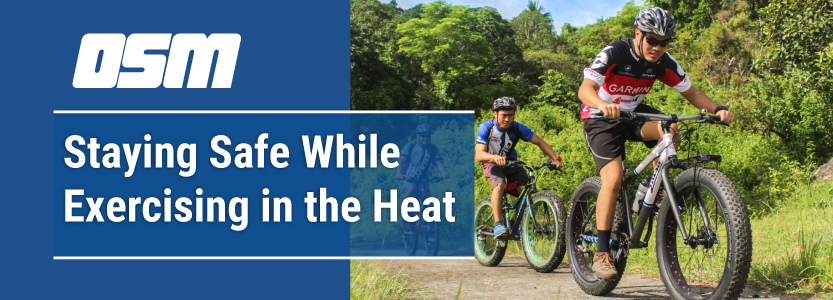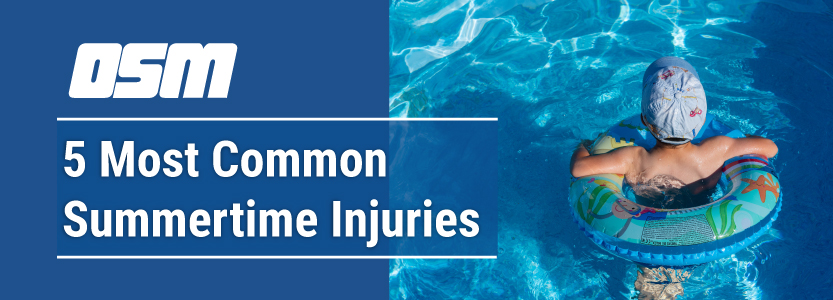Article featured on NY Orthopedics
Runners often associate the season of fall with the end of running season – or at least race season. In November, thousands of endurance runners take a victory lap at the New York City Marathon and, later in the month, Turkey Trots across the nation signal the start of off-season. For those runners who have trained hard this year, there are a variety of running and overuse injuries that may be causing discomfort, pain, or even immobility at this point in the running season and throughout the off season in the winter.
While there are many, we are going to talk about three common running injuries, how they can be treated, and how you can help prevent them in the future.
1. STRESS FRACTURES
Most runners are familiar with the risk of stress fractures in the feet, ankles, and shins that comes along with the high-impact nature of running.
What causes a stress fracture?
Stress fractures are an overuse injury that happens when a break or crack appear due to continuous stress put on the bone. These can appear anywhere on the bone, but is most commonly seen in feet and tibia (shin bone) on runners.
How is a stress fracture treated?
In some cases, surgery may be necessary if a stress fracture goes untreated and leads to a complete break of the bone or if the fracture is on a bone that is more likely to cause further complications, like the hip. More commonly for runners, treatment for a stress fracture includes restriction of weight-bearing activities that stress the injured area. This may require the runner to wear a brace or walking boot, or even use crutches depending on the severity of the fracture. Ice, elevation of the injured leg, and anti-inflammatory medication can also help maintain comfort during the healing period. After a period of rest, your doctor may recommend physical therapy to help regain motion in joints and rebuild muscle around the area of injury.
How can I prevent stress fractures when running?
Gradually increasing time spent running or mileage will help in the prevention of stress fractures. Generally, runners should avoid increasing the amount of exercise from week to week by more than 10%.
Cross-training is also an effective way to ensure a more evenly distributed load of training across the body. Biking, swimming, weight lifting, rowing, and even walking are great cross-training options for runners.
Run in footwear that fits properly and supports your stride by helping to correct any pronation or supination concerns. Even during times of recovery, wear supportive footwear that protects the integrity of your feet and ankles.
Lastly, stop exercising if you feel pain. Pushing through true pain and continuing the run elevates your risk for a stress fracture. If you have persistent pain during exercise, it’s best to rest and see your orthopedic doctor for evaluation.
2. ACL INJURY
The anterior cruciate ligament (ACL) is a band of tissues in the knee that connects the femur (thigh bone) to the tibia (shin bone) and stabilizes the knee.
What causes an ACL injury?
An ACL injury is a tear or sprain of the anterior cruciate ligament. Fortunately, this isn’t usually an everyday injury. ACL injuries typically occur during sports or exercises that involve sudden stops, jumping and landing, or quick changes in direction. For runners, particularly those who may be running on uneven trails or roads with obstructions to be avoided, an ACL injury is possible.
How is an ACL injury treated?
That depends greatly on the specifics of the injury. Not all torn ACLs are the same. There are some sprains of ACLs that may not require surgery, but a lot of the time ACL injuries require surgery. Because ACLs do not regenerate or heal on their own without creation of potentially problematic scar tissue, surgical repair is usually needed. Arthroscopic ACL repair surgery is less invasive than ACL reconstruction and this method allows for faster recovery. An orthopedic specialist will be able to advise on the best procedure or treatment for your ACL injury.
How can I prevent an ACL injury when running?
Avoid tearing your ACL by running by ensuring your foot and your knee are always traveling in the same direction. Opt to run on flat surfaces clear of debris and obstructions. Carefully run corners wide and gently, without sharp turns. Keeping your knees strengthened with cross-training, and incorporating mobility exercises to help keep ligaments flexible and durable can also help lower the risk of ACL injury.
3. MENISCUS TEAR
The meniscus is a c-shaped piece of cartilage in the knee that serves as a shock absorber and provides much-needed cushion between bones at the knee joint. Any injury to the meniscus, including tears, can compromise this cartilage’s ability to distribute load when running. This can not only be painful and impede running, but also leave the knee more vulnerable to further injury if not managed properly.
What causes a meniscus tear?
The meniscus can become damaged as a result of a forceful twist or rotation of the knee. Therefore, trail runners or even road runners who must maneuver to avoid obstacles, like those often found on the streets and sidewalks of Manhattan, may be at a higher risk for this type of injury.
How is a meniscus tear treated?
There are instances where a doctor may recommend a non-surgical approach to healing a meniscus tear. This includes the “RICE” method which is a combination of rest, ice, compression, and elevation. Nonsteroidal anti-inflammatory (NSAIDs) medication can also be taken to alleviate pain or discomfort caused by inflammation.
In cases where the nonsurgical treatments would not be effective, there are procedures that may be recommended.
- Corticosteroid injections in the knee may be prescribed to strengthen the joint and reduce swelling
- Meniscus repair: Through arthroscopy, the surgeon will determine the extent of the repair and sew the torn pieces of the menisci back together in order to repair.
- Trimming the meniscus: Through arthroscopy, the surgeon will trim and remove any damaged cartilage, leaving only healthy cartilage intact.
- Meniscus transplant: In some cases, the best treatment option is to completely replace the meniscus with a healthy one from a donor.
How can I prevent a meniscus injury when running?
Protecting yourself from a meniscus injury as a runner has a lot to do with strengthening the muscles around the knee for added support and stability. If you’re entering a training cycle for a race, always make sure to take the extra time for appropriate warm up and cool down before and after workouts. If you’re building your endurance base for distance, keep mileage and intensity increases gradual so your body has time to respond to and heal from the new training load. Equipment matters, too. Make sure your shoes fit correctly and provide appropriate support for your stride. And, if you have an unstable or weak knee, you may consider wearing a knee brace during runs.
While these are common injuries that runners face, there are several others such as sprained ankle, Achilles tendonitis, plantar fasciitis, shin splints, runner’s knee, IT band syndrome, bursitis, and piriformis syndrome just to name a few.
Regardless of what your running injury is, here’s our recommendation for when to seek medical evaluation:
- Increasing pain
- Increasing swelling
- Increasing bruising
- Pain is isolated to one side
- Pain or discomfort that does not resolve with a few days of rest
- Injury causes a limp or change in running form



